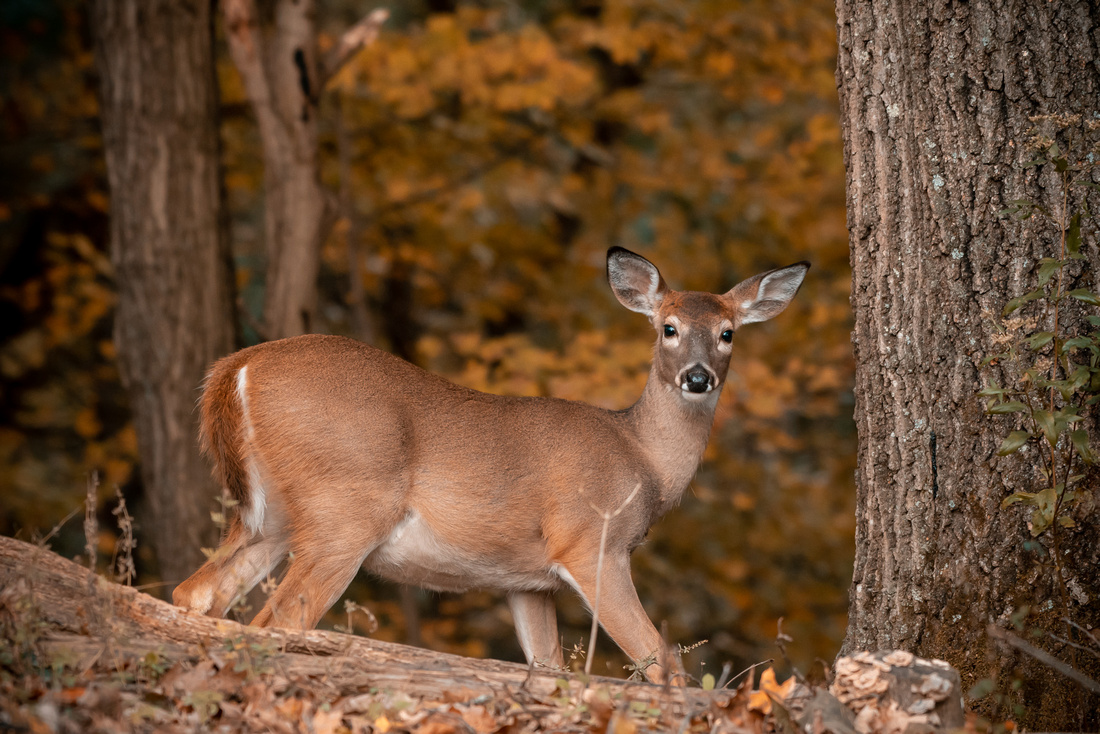Two white-tailed deer have tested positive for chronic wasting disease (CWD) in Harpers Ferry National Historical Park, marking the first time the disease was detected in a West Virginia national park.
CWD affects several deer, elk and moose species across North America, and is fatal to infected animals, with no known cure or treatment.
There have been no reported instances of CWD infecting humans, but the World Health Organization advises against the consumption of CWD-infected animals.
All venison from the deer infected with CWD was destroyed, according to a Tuesday press release from the National Park Service (NPS).
NPS said it detected the instances of CWD during ongoing efforts to reduce deer populations “to protect and restore native plants, promote healthy and diverse forests and preserve historic landscapes.”
Similar deer population reduction efforts are being conducted in Maryland, Virginia and Washington, D.C., according to NPS.
In March, three white-tailed deer tested positive for CWD in Maryland’s Antietam National Battlefield and Monocacy National Battlefield, located less than 20 and 25 miles away, respectively.
This also marked the disease’s first documented occurrence in either battlefield, according to NPS.
CWD can cause “drastic weight loss, stumbling, listlessness and other neurological symptoms, though it can take more than a year for these symptoms to present, according to the Centers for Disease Control and Prevention.
“The NPS will continue to participate in monitoring of collected deer for CWD and will destroy venison testing positive for CWD,” NPS said. “If you see sick or dead wildlife, avoid contact with the animal and notify a National Park Service employee as soon as possible.”
